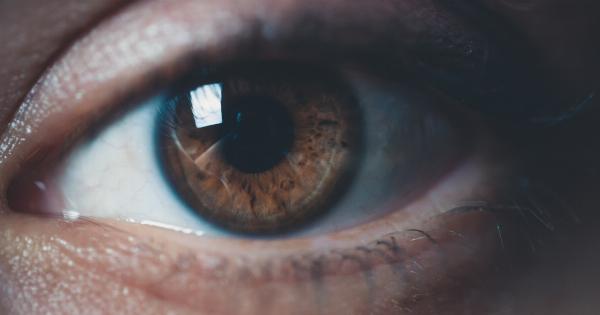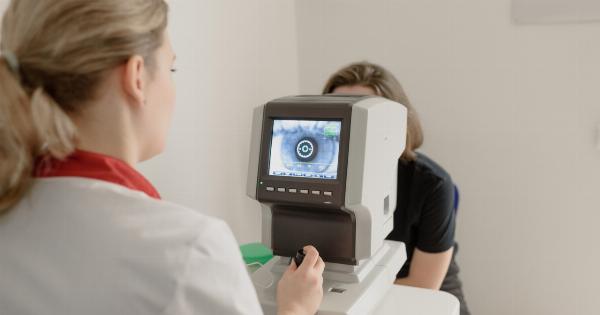Retinal detachment is a serious condition where the retina, the delicate tissue in the back of the eye that sends visual signals to the brain, becomes separated from its blood supply.
This can cause vision loss and even blindness if not treated promptly. While retinal detachment can affect people of all ages, it is particularly concerning when it occurs in infancy. Infants rely on clear vision to develop their visual system and interact with the world around them.
That’s why the success we’ve had revolutionizing pediatric ophthalmology with our treatment of retinal detachment in infancy is so exciting.
The Challenge of Treating Retinal Detachment in Infancy
Retinal detachment is a rare condition in infants, but it can occur due to a variety of factors, including genetics, infections, or complications during delivery. However, diagnosing retinal detachment in infants can be challenging.
Infants can’t communicate their symptoms, and the signs of retinal detachment may be subtle and difficult to discern without specialized equipment and expertise.
Even if retinal detachment is diagnosed early, treating it in infants is complicated by their small size and underdeveloped eyes.
Traditional surgical treatments for retinal detachment in adults and older children involve manipulating the structures of the eye, which can be difficult and risky in infants. Furthermore, many surgical techniques used in adults and older children may not be appropriate for infants due to their small size and the unique challenges presented by the developing eye.
What Makes Our Treatment Different?
At our pediatric ophthalmology center, we specialize in treating retinal detachment in infants using a highly specialized technique known as pneumatic retinopexy.
Unlike traditional surgical treatments, pneumatic retinopexy involves a minimally invasive approach that does not require any incisions or manipulation of the eye’s structures. Instead, the procedure involves injecting a gas bubble into the vitreous, the gel-like substance that fills the eye. The gas bubble pushes the detached retina back into place, allowing it to reattach to the blood supply.
The gas bubble gradually dissipates over time, leaving no permanent effects on the eye.
Pneumatic retinopexy is particularly well-suited to treating retinal detachment in infants for several reasons.
Firstly, the procedure is safer than traditional surgical treatments since it does not require any incisions or direct manipulation of the eye. This reduces the risk of complications, which is especially important in infants with delicate developing eyes. Secondly, pneumatic retinopexy is a highly precise and targeted treatment.
The gas bubble can be positioned exactly where it’s needed to reattach the detached retina, minimizing the risk of damage to nearby structures. Finally, pneumatic retinopexy is a relatively quick and simple procedure that can be performed under local anesthesia, which is less risky than general anesthesia in infants.
Our Success with Pneumatic Retinopexy in Infants
At our pediatric ophthalmology center, we have had remarkable success treating retinal detachment in infants using pneumatic retinopexy.
Our team of highly skilled pediatric ophthalmologists and retinal specialists has performed hundreds of these procedures with excellent results. Clinical studies have shown that pneumatic retinopexy has a success rate of over 90% in treating retinal detachment in infants when performed by experienced specialists.
The benefits of successful treatment with pneumatic retinopexy in infants are significant.
A successful procedure can restore vision and prevent further damage to the developing visual system, improving the quality of life for the child and their family. Moreover, early treatment of retinal detachment can prevent more serious complications, such as the development of amblyopia (lazy eye), which can be difficult to treat once established.
Conclusion
Retinal detachment is a serious condition that can have profound effects on a child’s vision and development.
Treating retinal detachment in infants is especially challenging, requiring specialized expertise and techniques to ensure the best possible outcome. Our success in revolutionizing pediatric ophthalmology with our treatment of retinal detachment in infancy using pneumatic retinopexy represents a major breakthrough in the field.
With this innovative approach, we are providing safer, more effective treatment to infants with retinal detachment, giving them the best possible chance for a bright future.



























